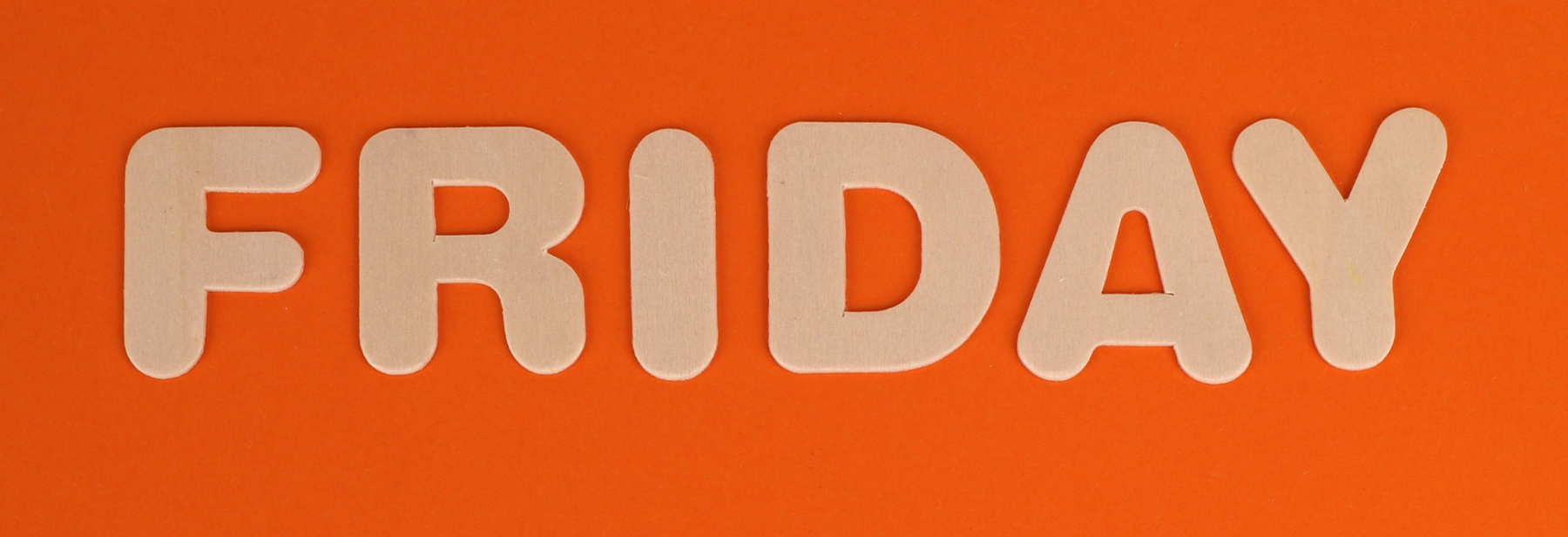
ServiceFriday: Loyalty Programs as Competitive Tools
It is common practice to try and retain customers through loyalty programs (LPs) that typically offer rewards for continued business as incentives to stay with the company. LP’s, however, can be costly to service providers if the rewards can be easily replicated or lead to a price war.
How, then, can service providers adequately offer a LP that does not encourage price wars, cannot be simply replicated, and helps differentiate themselves from the pack? Data scientist, Alina Nastasoiu, and Ivey Business School Professor of Marketing, Mark Vandenbosch, collaborated to examine the LP situations that often consume the service industry and offer new insights into how to better implement LPs.
In their article, which was recently published in Business Horizons, LP’s are identified as being able to act as competitive tools, especially in “industries with low or nonexistent switching costs” such as retail, hospitality, air transport, and the service industry. That competitive nature fades when firms offer the simple “buy one, get one free” option or use the instant cashback method as these rewards are too transparent and can be easily replicated by competitors.
“Loyalty schemes can be great tools to create more personal, wholesome relationships with one’s customers and ultimately build a distinguished trademark,” the authors wrote.
These personal, wholesome relationships are better fostered when rewards are unique and offer a lack of transparency. An example of LP’s offering unique rewards is the family-run Bavarian Inn, and their “Perk Club”. The belief that “customers represent an extended family” is not new, but the Perk Club takes this to another level by offering customers unique rewards such as being invited to parties hosted by the owners, or having owners call the top members around Christmas to greet them and ask for feedback. These unique and personal rewards have the Perk Club’s redemption rate at 86.5% which is noticeable compared to the average U.S. LP redemption rate of 66%. Customer engagement is another crucial component of LPs and the Bavarian Inn understands that aspect and incorporates it into their loyalty program.
One of the frontrunners in showing a lack of transparency with rewards is the Australian coalition LP, “flybuys”. A coalition LP typically represents several different companies in varying markets with the goal of assisting each other in advancing customer loyalty. Some of the more popular brand names involved in the flybuys program include Target, Adidas, Shell, eBay, and Kmart. Coalition LPs such as flybuys have a positive upside to consumers because they allow them to collect points and rewards much faster due to the high variety of businesses involved. “The other advantage is that each partner’s competitors have little insight into how the LP shifts consumers’ purchase patterns in their own markets.” This is because coalition LP points cannot be easily compared to competitors’ LP points.
The article offered one more avenue for management to improve LPs’ customer experience and that was to align the rewards with customers’ life goals (i.e. smoking less, exercising more). Walmart’s Balance Rewards program is a prime example of this. One of the several ways members can receive points is for exercising and participating in activities related to health. As an example, members can earn 20 points for each mile they walk which is the equivalent of 2 cents.
To read the full article go to Business Horizons. (A fee may apply.)